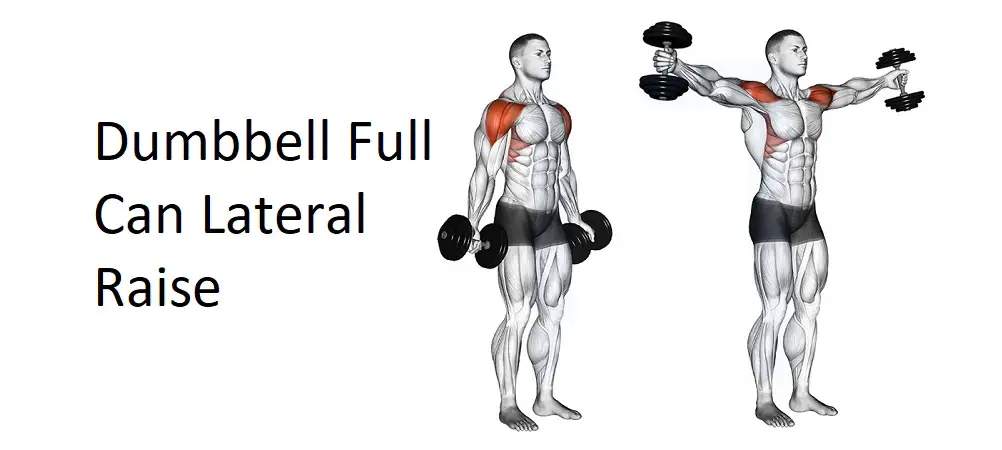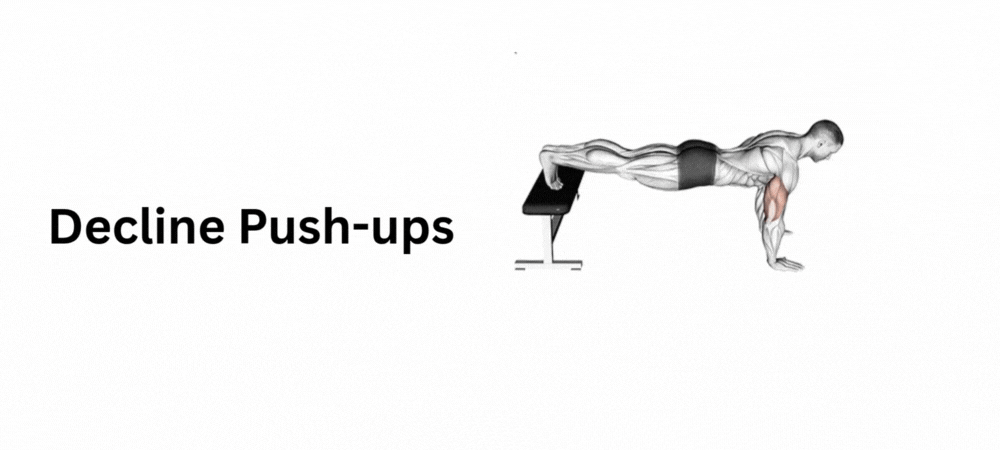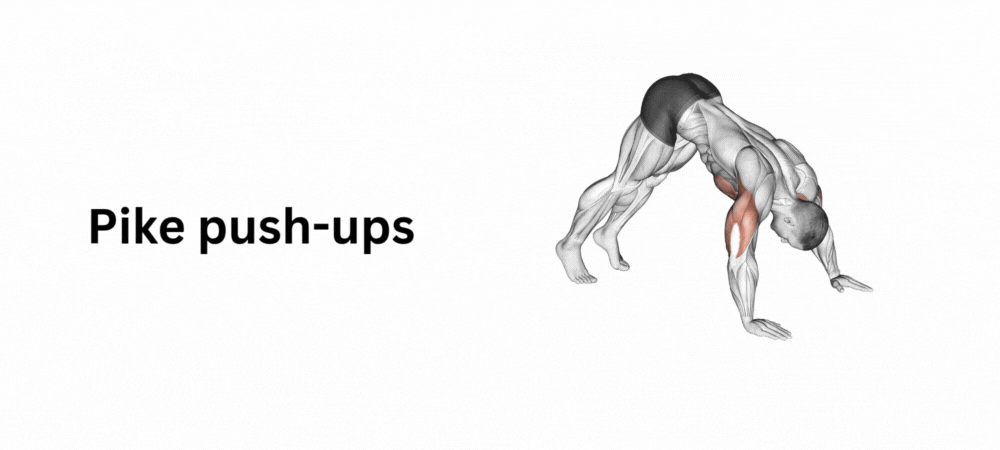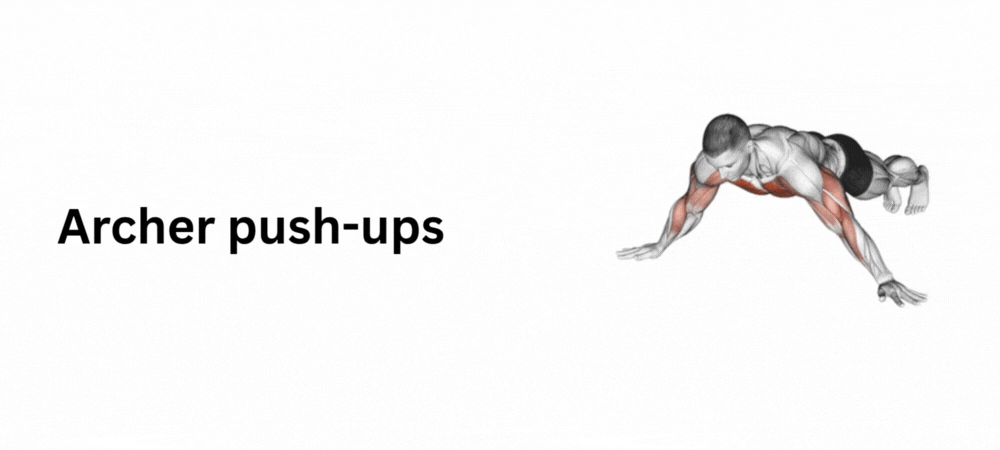Table of Contents
Introduction
The Dumbbell Full Can Lateral Raise is an effective and unique shoulder exercise that emphasizes the lateral deltoid while incorporating the rotator cuff muscles for shoulder stability. Named for the motion of lifting a “full can” of liquid, this variation modifies the traditional lateral raise by slightly angling the thumbs upward, which helps protect the shoulders and reduce strain on the rotator cuff.
This exercise is often recommended by physical therapists and trainers for individuals recovering from shoulder injuries or those seeking safer alternatives to traditional shoulder raises. It’s a fantastic addition to a balanced shoulder workout routine, helping to improve both aesthetics and shoulder functionality.
Importance of Shoulder Training
Strong shoulders are critical for both aesthetic and functional reasons. They play a significant role in upper body strength, posture, and overall movement efficiency. The lateral deltoid, which gives shoulders their broad, rounded appearance, is the primary muscle targeted in the Dumbbell Full Can Lateral Raise.
By isolating this muscle while supporting the rotator cuff, the exercise not only enhances shoulder aesthetics but also reduces injury risk, making it a valuable tool for both athletes and fitness enthusiasts.
How to Perform the Dumbbell Full Can Lateral Raise
Proper Setup
- Choose the Right Weight:
- Select light dumbbells to start, as this exercise emphasizes form and control over heavy lifting.
- Position Yourself:
- Stand upright with your feet shoulder-width apart for stability.
- Hold a dumbbell in each hand with your arms resting at your sides.
- Keep your palms facing slightly inward (neutral grip).
Step-by-Step Execution
- Engage Your Core:
- Tighten your abdominal muscles to maintain balance and avoid using momentum.
- Initiate the Raise:
- Slowly lift the dumbbells outward and slightly forward (approximately 30 degrees from your torso).
- Keep your thumbs pointed slightly upward, as though pouring out a full can.
- Stop at Shoulder Height:
- Raise the dumbbells until your arms are parallel to the ground.
- Ensure your elbows are slightly bent to protect the joints.
- Hold the Position:
- Pause briefly at the top of the movement to maximize muscle engagement.
- Lower with Control:
- Slowly lower the dumbbells back to the starting position, maintaining tension in your shoulders.
- Repeat:
- Perform 3–4 sets of 10–12 repetitions, focusing on maintaining proper form throughout.
Tips for Optimal Form
- Keep your shoulders down and relaxed; avoid shrugging during the lift.
- Do not use momentum to swing the dumbbells; keep the movement slow and controlled.
- Slightly rotate your thumbs upward to minimize strain on the shoulder joint.
Common Mistakes to Avoid
- Using Too Much Weight:
- Heavy dumbbells can lead to poor form and unnecessary strain on the shoulders.
- Raising Too High:
- Lifting above shoulder height may place excessive stress on the shoulder joint and rotator cuff.
- Shrugging Shoulders:
- Keep your traps relaxed to focus on the lateral deltoids.
- Swinging the Dumbbells:
- Avoid using momentum; rely solely on your deltoids to lift the weight.
- Ignoring Core Engagement:
- A weak core can lead to instability and improper posture during the exercise.
Benefits of Dumbbell Full Can Lateral Raise
1. Enhanced Shoulder Stability
- By incorporating the rotator cuff, this exercise strengthens the stabilizing muscles of the shoulder joint.
2. Safer Shoulder Training
- The thumb-up position reduces impingement risk and is ideal for individuals with shoulder issues.
3. Improved Lateral Deltoid Development
- Isolating the lateral deltoid contributes to broader, more defined shoulders.
4. Functional Strength
- Enhancing shoulder stability and strength translates to improved performance in daily activities and sports.
5. Aesthetic Benefits
- Well-developed lateral deltoids enhance upper body proportions, creating the coveted “V-taper” look.
Muscles Worked
The Dumbbell Full Can Lateral Raise primarily targets the lateral deltoid but also engages supporting muscles:
- Lateral Deltoid: The main muscle worked, responsible for shoulder abduction.
- Supraspinatus: A rotator cuff muscle that assists in shoulder stability and the initial phase of the lift.
- Trapezius (Upper Fibers): Stabilizes the shoulder girdle during the movement.
- Core Muscles: Provide balance and stability throughout the exercise.
Variations of Dumbbell Full Can Lateral Raise
1. Seated Dumbbell Full Can Lateral Raise
- Performing the exercise seated reduces momentum, increasing isolation of the lateral delts.
2. Single-Arm Full Can Raise
- Focusing on one arm at a time improves muscle imbalances and allows for greater concentration on form.
3. Cable Full Can Lateral Raise
- Using a cable machine provides constant tension throughout the range of motion.
4. Incline Full Can Raise
- Lying on an incline bench while performing the raise alters the angle of resistance for a unique challenge.
Incorporating Dumbbell Full Can Lateral Raise into Your Routine
Frequency
- Include this exercise in your shoulder routine 1–2 times per week.
Pairing with Other Shoulder Exercises
- Combine the Dumbbell Full Can Lateral Raise with other deltoid-focused exercises for balanced development:
- Dumbbell Front Raises: Targets the anterior delts.
- Rear Delt Flyes: Focuses on the rear delts for well-rounded shoulders.
- Arnold Press: Engages all three deltoid heads.
Video on How to Perform Dumbbell Full Can Lateral Raise
To ensure proper form, watch a detailed instructional video demonstrating the Dumbbell Full Can Lateral Raise.
Other Names for Dumbbell Full Can Lateral Raise
- Thumbs-Up Lateral Raise
- Rotator Cuff-Friendly Lateral Raise
- Modified Lateral Raise
FAQs
1. Who can perform the Dumbbell Full Can Lateral Raise?
This exercise is suitable for all fitness levels, including those recovering from shoulder injuries, as it is gentle on the rotator cuff.
2. How much weight should I use?
Start with light dumbbells (5–15 lbs) to focus on form and gradually increase as your strength improves.
3. Can I do this exercise with cables?
Yes, cables offer constant tension and are an excellent alternative to dumbbells.
4. How often should I perform this exercise?
Incorporate it 1–2 times per week as part of your shoulder workout routine.
5. What’s the difference between this and the traditional lateral raise?
The Full Can Raise involves a slight forward angle and thumb-up grip, which protects the rotator cuff and reduces shoulder strain.
Conclusion
The Dumbbell Full Can Lateral Raise is a safe and effective exercise for building stronger, healthier shoulders. By targeting the lateral deltoid and supporting the rotator cuff, it promotes balanced shoulder development and reduces the risk of injury.
Its versatility and therapeutic benefits make it an essential addition to any shoulder workout routine, whether you’re a seasoned lifter or recovering from a shoulder injury. Focus on form, start with light weights, and gradually increase resistance to achieve broader, more defined shoulders.








